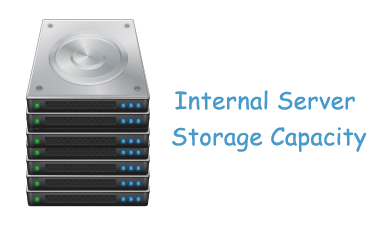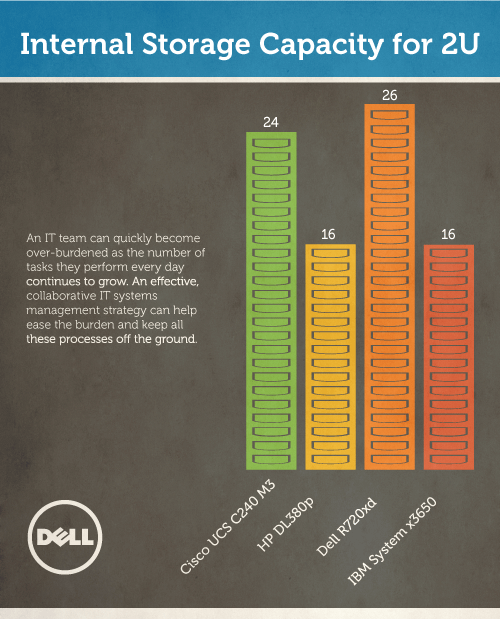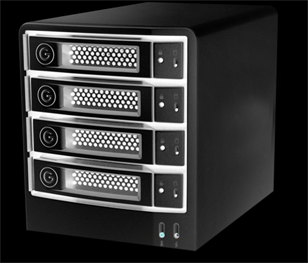
We’re in the middle of a data revolution. Not so long ago, customer and marketing data was used once and then forgotten about or even deleted. These days, massive amounts of data about everything from demographics to opinion surveys are carefully stored and examined in an attempt to come up with better business strategies.
It’s not just the amount of data that’s increased, but also the types—businesses are now tracking, analyzing, and stockpiling data such as social media posts, web browsing habits, images, purchases, customer communications, and more. Companies hope that by doing this they will be able to pick out important trends and patterns in order to stay on top of customer needs. In fact, in one famous example, Target is often able to tell when a woman is pregnant simply by looking at her shopping habits.
Big Data, Big Storage
As data needs grow bigger, so does the need for large amounts of storage space. The newest frontier in enterprise-level storage is the petabyte—a huge amount of data. Consider that one gigabyte—still the standard of measurement for most personal hard drives—can hold only about seven minutes of high definition video. A petabyte, on the other hand can store 13 years’ worth and still have some room to spare. This is simply a massive amount of space.

Virtualization Servers
Yet, many companies are finding need for this type of space and more. Standard 2U servers, for example, are seeing an increase in their internal storage capacity. Where once 16 hard disk drives were common for this type of server, Dell’s PowerEdge R720xd model comes with up to an amazing 26 hard drives. Some companies rely on dozens or even hundreds of such servers in order to handle their storage needs. To see some of the servers available currently, click here (Virtualization-servers).
The Future

Server-Storage
The need for more data is likely just going to increase with time. Even small businesses are becoming more aware of the vital need to store and analyze everything.
What this mean s for servers is that they will also likely just keep getting bigger. Today’s high-capacity 2U servers and the even larger petabyte servers are already capable of storing immense amounts of data, but this type of internal storage capacity is just the beginning.
Author Bio:
David Malmborg works with Dell, when David is not working he enjoys spending time with his family. For more information on Dell services, David recommends visiting here.
